How to Stabilize a Wobbly Chair
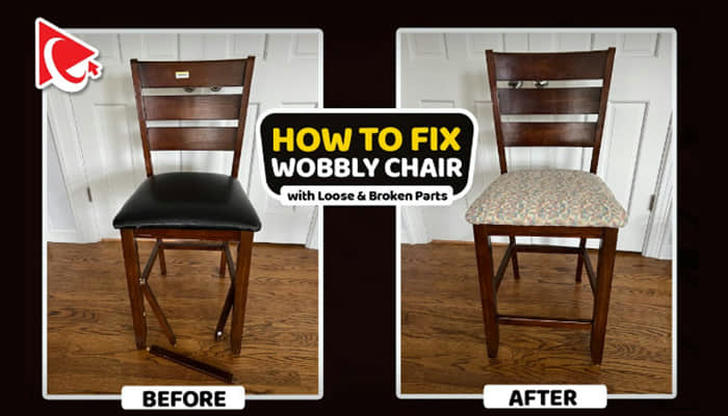
A wobbly chair is annoying and unsafe and makes daily tasks unpleasant. Rather than buying new furniture, you can stabilize the issue yourself with standard tools and techniques. This guide will walk you through simple, quick steps to stabilize your wobbly furniture like a pro!
Why Do Chairs Become Wobbly?
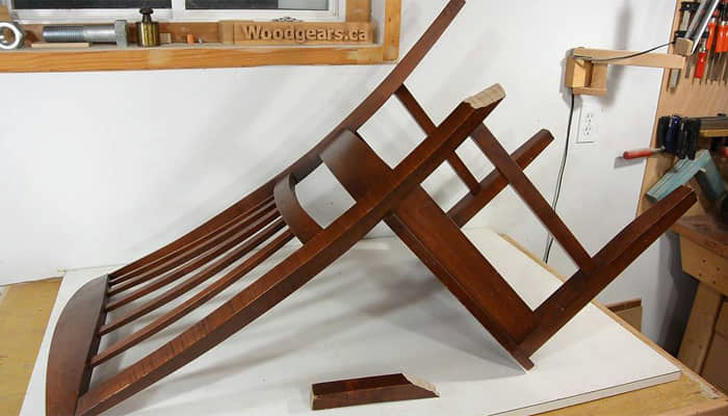
- Loose screws and bolts: Screws and bolts may loosen over time with use
- Worn-out or absent glue: Glue in wood furniture may dry out, weakening joints
- Uneven legs: Furniture placed on an uneven floor can wobble
- Damaged joints: Use over time may wear out joints, causing their grip to become loose
- Loose pegs or dowels: Wooden dowels and pegs can become loose or shift
Tools and Materials Needed
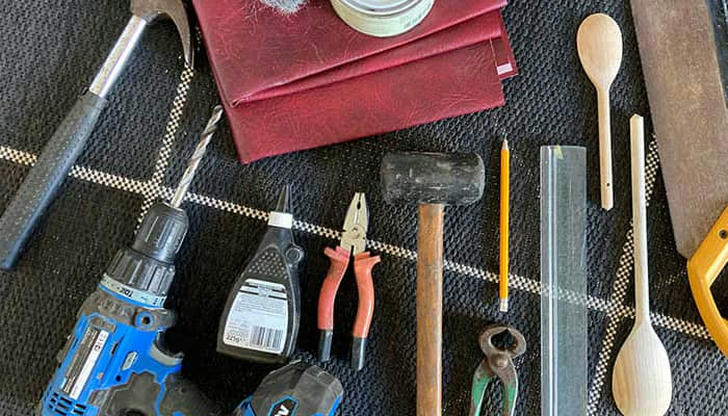
- Screwdriver (Phillips or flathead)
- Allen wrench (for hex screws)
- Wood glue
- Clamps
- Sandpaper
- Wood shims or felt pads
- Hammer and small nails
- Drill (optional)
Step 1: Fix Loose Screws and Bolts
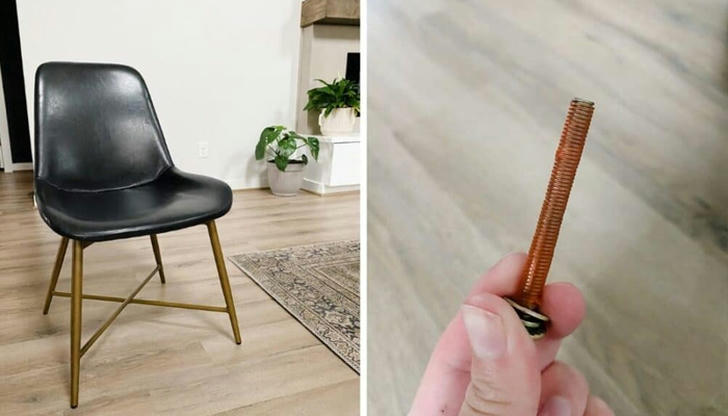
- Inspect all screws and bolts for looseness
- Tighten using the appropriate tool
- Replace any missing or damaged screws
- For stripped holes: Insert a glued toothpick or matchstick before reinserting screw
Step 2: Support Loose Joints with Wood Glue

- Separate the loose joint
- Remove old glue with sandpaper
- Apply fresh wood glue
- Clamp tightly until dry (several hours/overnight)
- Wipe away excess glue
Step 3: Fix Uneven Legs with Shims or Felt Pads
- Identify the shorter leg on a flat surface
- Attach wood shim or felt pad to bottom
- Trim excess material as needed
- Secure with glue or small nails
Note: For significantly shorter legs, consider professional repair or replacement.
Step 4: Secure Dowels and Pegs (For Wooden Furniture)
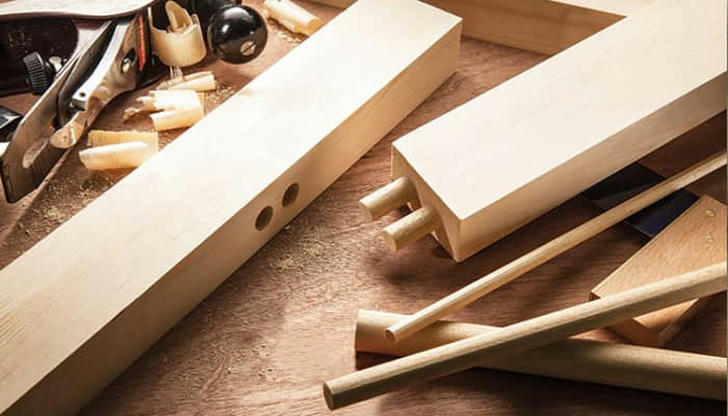
- Remove loose dowel/peg
- Apply wood glue to dowel and hole
- Reinsert and clamp until dry
Step 5: Check for Cracks or Frame Weakness
- Inspect for structural damage
- Small cracks: Fill with wood glue
- Large cracks: Use wood filler/epoxy
- Severe damage: Consider replacement parts or brackets
Final Inspection and Testing
- Place chair on flat surface
- Test stability by sitting/pressing down
- Verify all joints are firm
- Make final adjustments if needed
Preventative Maintenance Tips
- Regularly check and tighten fasteners
- Avoid overloading furniture
- Use on flat surfaces
- Address loose joints promptly
- Apply protective pads to legs

Final Thoughts
Repairing a wobbly chair is a quick and simple DIY job that saves you cash and extends your furniture's life. With essential tools, wood glue and a bit of patience, you can tighten screws, tighten loose joints, level-leaning legs and restore stability in minutes.
So next time your chair starts to wobble, don't throw it away—fix it like a pro! The same methods can also be applied to fix tables.
